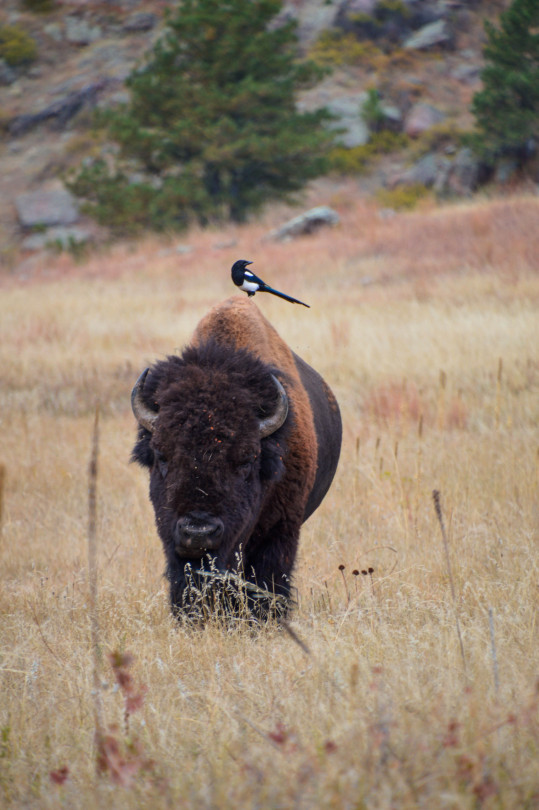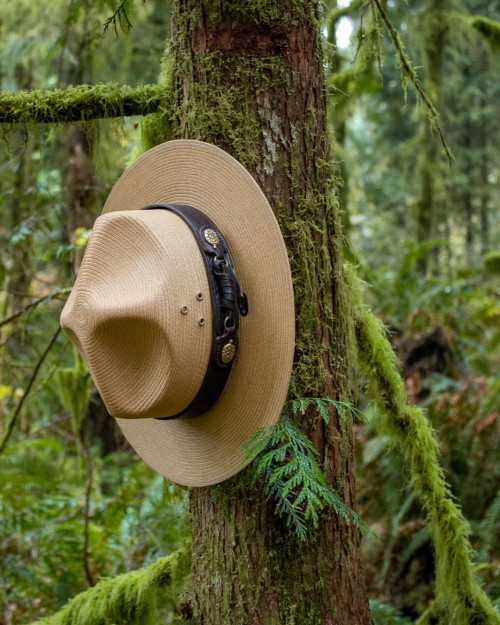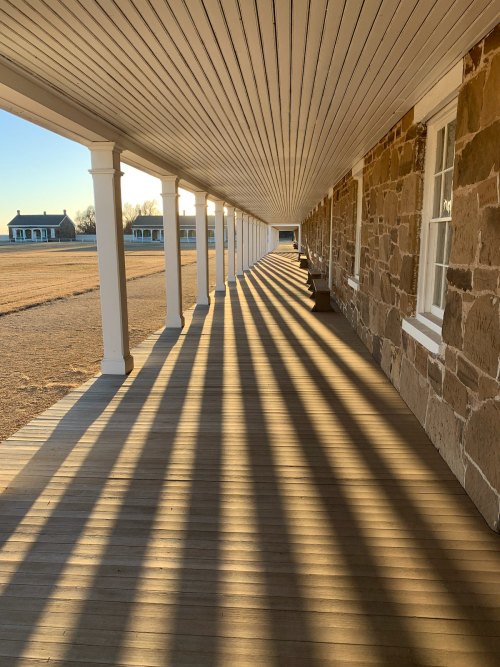More Posts from Mattginnow and Others


Matthew Ginnow

This black-billed magpie took advantage of Wind Cave National Park’s new bison ride-share program.
One of America’s oldest national parks, you can find wildlife roaming, and riding through, the rolling prairie grasslands and forested hillsides.
Photo by Colleen Cahill (sharetheexperience.org). Photo description: A black-billed magpie bird rides on the back of a giant bison.
Matthew Ginnow Matt Ginnow #mattginnow #matthewginnow
Here’s What You Need to Know About Near-Earth Objects
Our solar system is littered with asteroids and comets, and sometimes they get a little close to Earth. But no need to worry! This happens all the time. When an asteroid or comet could come close to our planet, it’s known as a near-Earth object – aka NEO.
But how close is “close”?

A near-Earth object is defined as an object that could pass by our Earth within 30 million miles. We begin to keep close watch on objects that could pass within 5 million miles of our planet.

To put that into perspective, our Moon is only 238,900 miles away.
However unlikely an impact is, we want to know about all near-Earth objects. Our Planetary Defense Coordination Office maintains watch for asteroids and comets coming close to Earth. Along with our partners, we discover, catalog and characterize these bodies.

But what if one of these objects posed a threat?
We want to be prepared. That is why we are working on several deflection techniques and technologies to help protect our planet.

So next time that you hear of an asteroid passing “close” to Earth, know that it’s just one of many that we are tracking.

Here are 10 more things you should know about Planetary Defense.
Make sure to follow us on Tumblr for your regular dose of space: http://nasa.tumblr.com
Matthew Ginnow Matt Matthew Ginnow #mattginnow

http://photography.nationalgeographic.com/photography/photo-of-the-day/buffalo-night-drink/
Matt Ginnow Matthew Ginnow #mattginnow

Bighorn sheep have bighorn dreams. To be…the GOAT.
@glaciernps in Montana is home to 71 species of mammals, including the majestic bighorn sheep, one of the few species that can survive winters at high elevations.
The park is unique because not only is it large—over a million acres—but the surrounding national forests, Wilderness Areas, and Canadian protected lands ensure that wide-ranging animals have plenty of places to roam.
Photo by NPS. Photo description: A bighorn sheep walks up a steep rocky hill. Hazy mountains can be seen in the distance.








